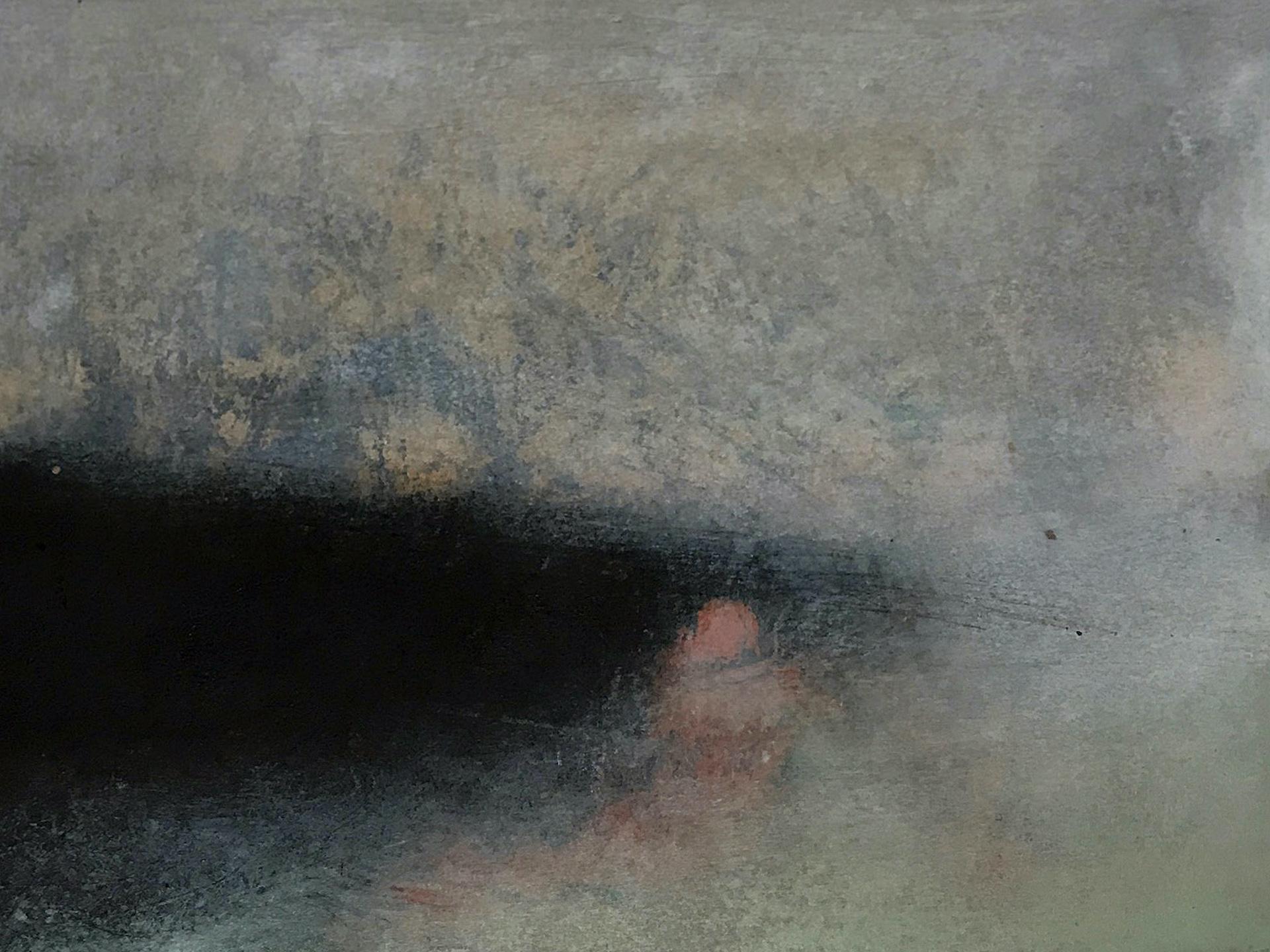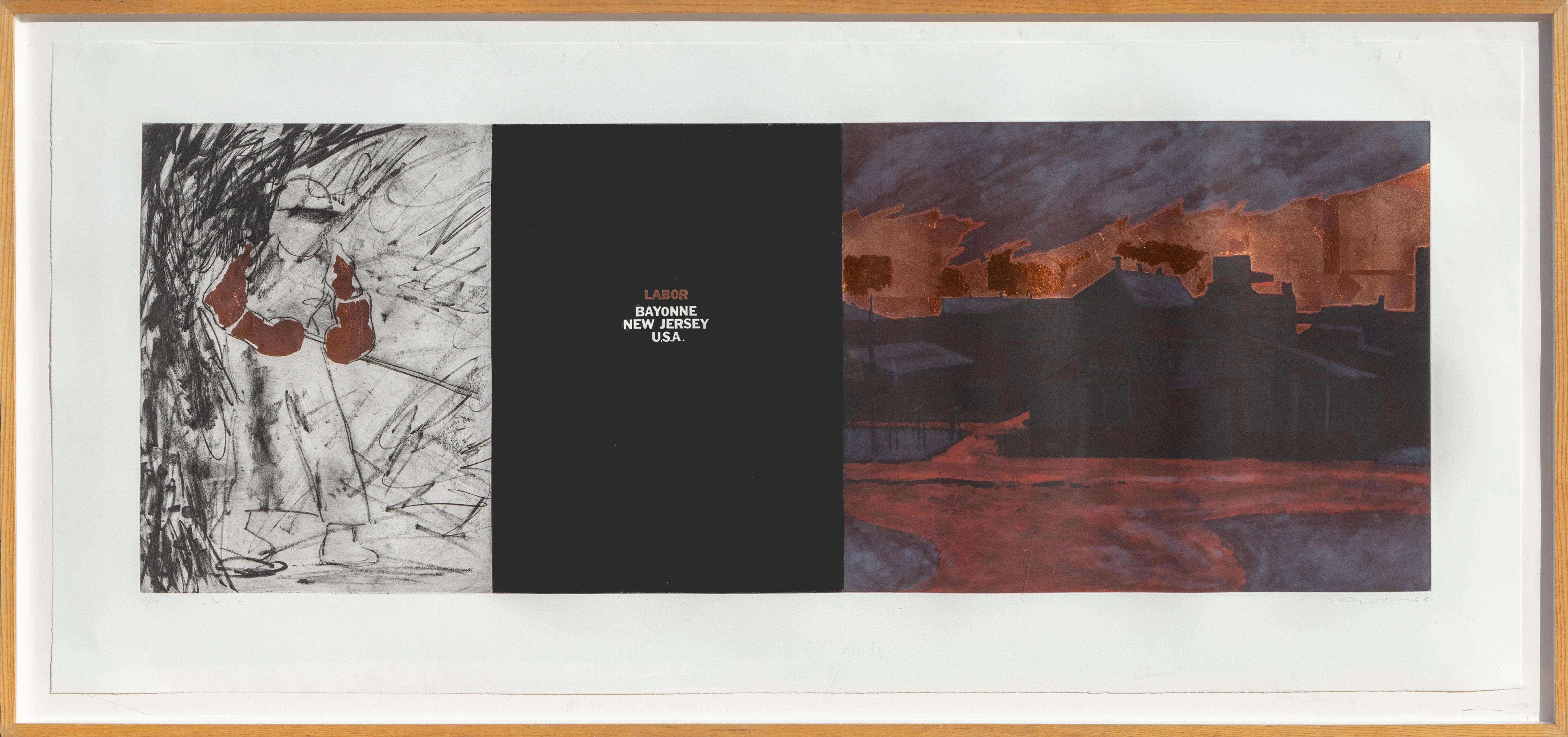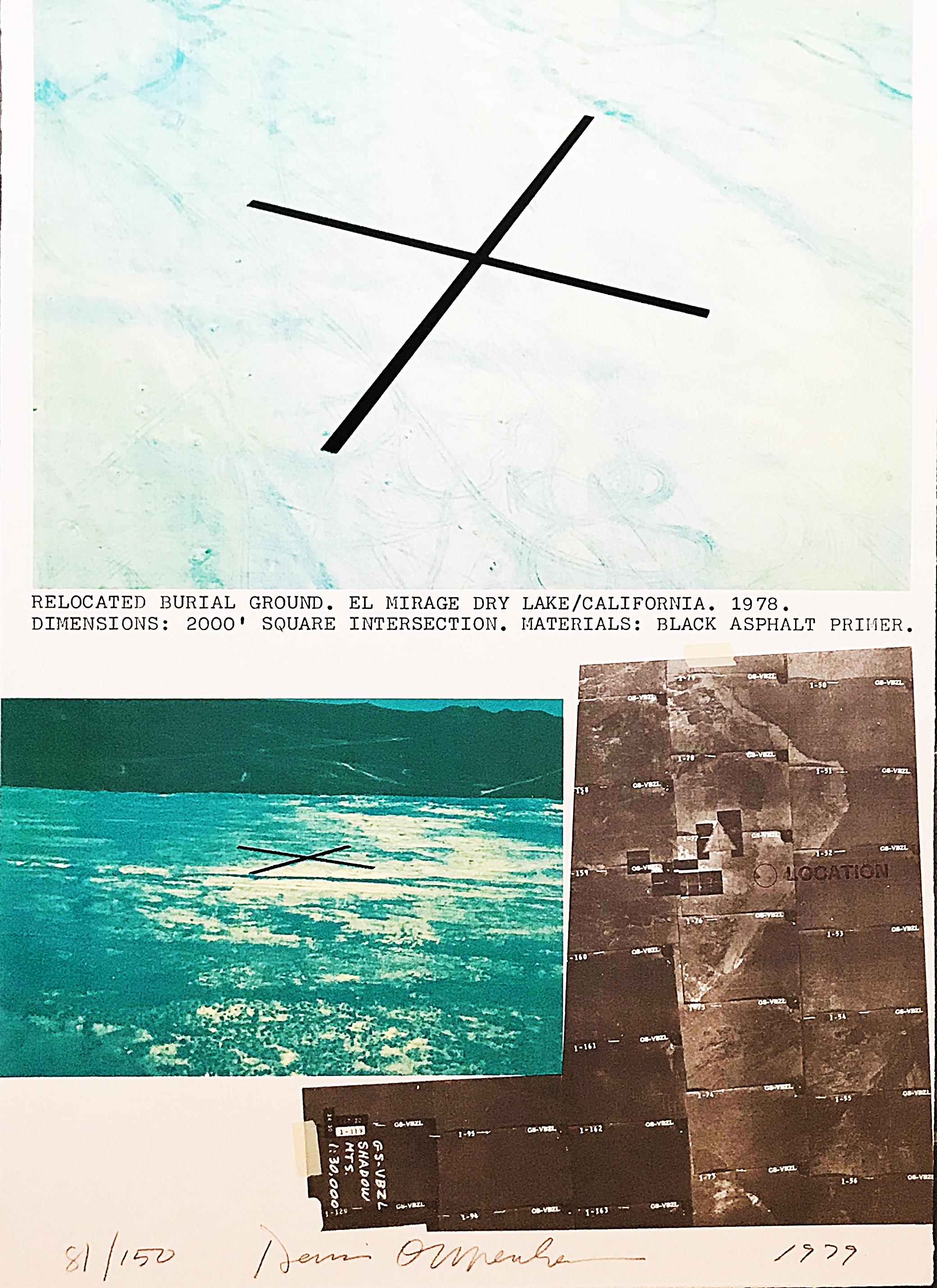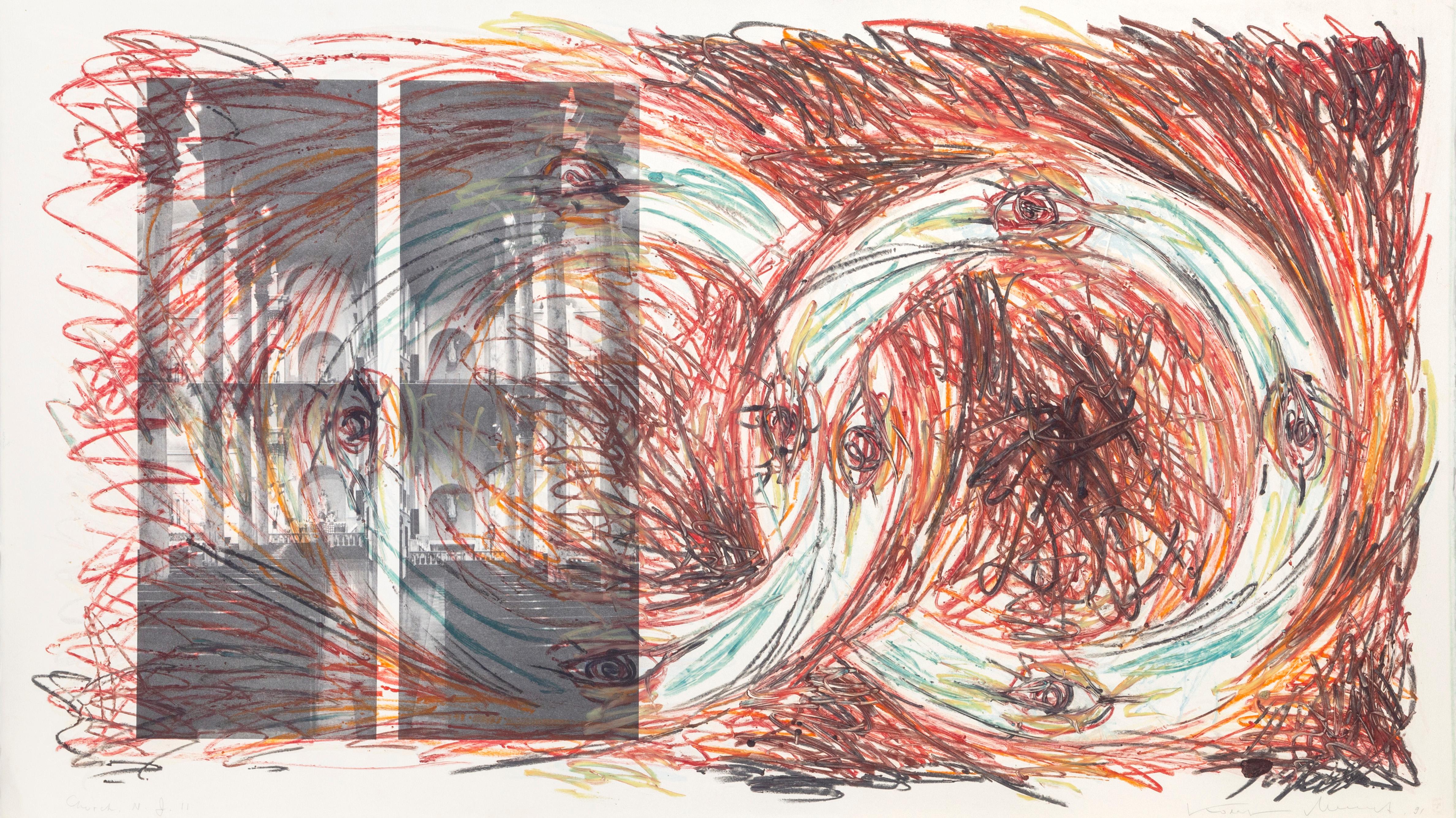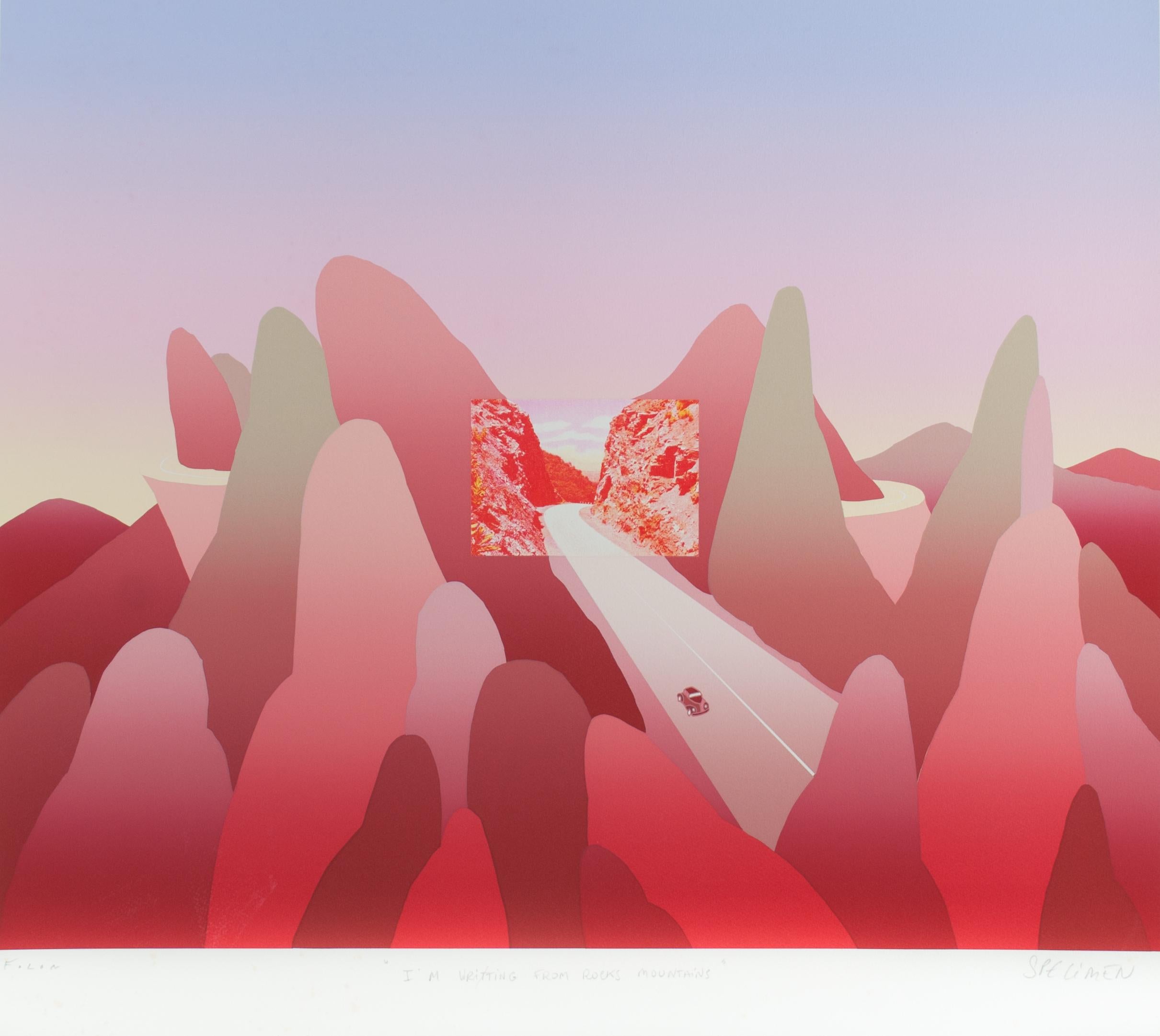Items Similar to City 358, Geometric Serigraph by Risaburo Kimura
Want more images or videos?
Request additional images or videos from the seller
1 of 6
Risaburo KimuraCity 358, Geometric Serigraph by Risaburo Kimura1971
1971
About the Item
Artist: Risaburo Kimura, Japanese (1924 - )
Title: City 358
Year: 1971
Medium: Serigraph, signed and numbered in pencil
Edition: 300
Size: 23 x 28 in. (58.42 x 71.12 cm)
- Creator:Risaburo Kimura (1924, Japanese)
- Creation Year:1971
- Dimensions:Height: 23 in (58.42 cm)Width: 28 in (71.12 cm)
- Medium:
- Movement & Style:
- Period:
- Framing:Framing Options Available
- Condition:Minor wear consistent with age and history.
- Gallery Location:Long Island City, NY
- Reference Number:1stDibs: LU4663334171
About the Seller
4.8
Platinum Seller
These expertly vetted sellers are 1stDibs' most experienced sellers and are rated highest by our customers.
Established in 1979
1stDibs seller since 2014
2,694 sales on 1stDibs
Typical response time: <1 hour
- ShippingRetrieving quote...Ships From: Long Island City, NY
- Return PolicyA return for this item may be initiated within 7 days of delivery.
More From This SellerView All
- Sunrise at BayonneBy Komar & MelamidLocated in Long Island City, NYArtist: Vitaly Komar, Russian (1943 - ) and Alexander Melamid, Russian (1945 - ) Title: Sunrise at Bayonne Year: 1988 Medium: Aquatint Etching with Metallic Leaf Collage, signed and ...Category
1980s Conceptual Landscape Prints
MaterialsAquatint, Etching
- Church, NJ, Abstract Aquatint Etching by Komar & MelamidBy Komar & MelamidLocated in Long Island City, NYArtist: Vitaly Komar, Russian (1943 - ) and Alexander Melamid, Russian (1945 - ) Title: Church, NJ Year: 1991 Medium: Etching, signed, numbered, dated, and tilted in pencil Paper Si...Category
1980s Conceptual Landscape Prints
MaterialsEtching, Aquatint
- EchoesLocated in Long Island City, NYJohn Stritch was an American artist best known for his abstract and sculptural work. "Echoes" features an abstracted and simplified mountain landscape. Th...Category
1980s Abstract Landscape Prints
MaterialsScreen
- Blue SkyLocated in Long Island City, NYJohn Stritch was an American artist best known for his abstract and sculptural work. "Blue Sky" features an abstracted and simplified pastoral landscape. ...Category
1980s Abstract Landscape Prints
MaterialsScreen
- Red Sky, Abstract Screenprint by John StritchLocated in Long Island City, NYJohn Stritch was an American artist best known for his abstract and sculptural work. "Red Sky" features an abstracted and simplified red landscape. This screen...Category
1980s Abstract Landscape Prints
MaterialsScreen
- Windmill, Silkscreen with Collage by John UrbainBy John UrbainLocated in Long Island City, NYArtist: John Urbain, Belgian/American (1920 - 2009) Title: Windmill Year: circa 1980 Medium: Silkscreen with Collage, signed and numbered in pencil Edition: AP Size: 36.5 x 26 in. (9...Category
1970s Abstract Impressionist Abstract Prints
MaterialsScreen
You May Also Like
- Yvon Lambert Gallery Poster (Hand Signed and Addressed by Dennis Oppenheim)By Dennis A. OppenheimLocated in New York, NYDennis Oppenheim Directed Seeding -Wheat, Historic Yvon Lambert Gallery Poster (Hand Signed and Addressed by Dennis Oppenheim), 1969 Offset lithograph poster. Hand signed, inscribed. Postmarked and addressed to Oppenheim's dealer, John Gibson 23 × 16 inches Hand Signed and inscribed by Dennis Oppenheim lower right in blue marker in 2006, hand addressed by Dennis Oppenheim in 1969 in red marker Unframed This is an extremely uncommon vintage poster/mailer announcing the May 20th, 1969 opening reception (Vernissage) for the exhibition of works by American conceptual art pioneer Dennis Oppenheim at the Yvon Lambert Gallery in Paris. The poster is historic in that it was originally mailed to John Gibson, the East 67th Street dealer, who famously gave Dennis Oppenheim his first New York exhibition in 1968, and it is hand addressed to Gibson, bearing the original Paris, France postmark of 1969. It is, exceptionally, hand signed and dedicated by Dennis Oppenheim to a collector who acquired the poster from John Gibson's collection, and then secured Dennis Oppenheim's autograph in 2006, making this an especially valuable collectors item. More information about the project from the Tate Gallery archives, which acquired the work: This work brings together two interventions Oppenheim created on a field owned by farmer Albert Waalken in Finsterwolde, north-eastern Holland, in 1969. It comprises four distinct elements mounted on board: a colour photograph of a wheatfield being sowed by a tractor in parallel curving lines seen from high up; a negative image in black and white of a map of the area of Finsterwolde onto which two sections of text have been collaged; and two black and white aerial photographs of the same field being traversed by a tractor cutting an X into the wheat. The first two elements relate to the action Directed Seeding. For this the field was seeded according to a line plotted by following the road from the village of Finsterwolde, the location of the field, to Nieuweschans, another village where the farmer’s storage silo for wheat was located. Oppenheim reduced this curved line by a factor of six in order to direct the trajectory of seeding. The tractor then carved a series of curved parallel lines on the surface of the field as it dug up earth and scattered seed. From an aerial perspective the patterning of parallel lines may be viewed as a form of line drawing on the landscape. The precise location of the field and the silo are indicated on the map, showing the trajectory of the road. The two sections of text collaged onto the upper portion of the map briefly describe the two interventions. Explaining the action Cancelled Crop, the artist wrote: In September the field was harvested in the form of an X. The grain was isolated in its raw state, further processing was withheld. This project poses an interaction upon media during the early stages of processing. Planting and cultivating my own material is like mining ones own pigment (for paint) – I can direct the later stages of development at will. In this case the material is planted and cultivated for the sole purpose of withholding it from a product-oriented system. Isolating this grain from further processing (production of food stuffs) becomes like stopping raw pigment from becoming an illusionistic force on canvas. The esthetic is in the raw material prior to refinement, and since no organization is imposed through refinement, the material’s destiny is bred with its origin. (Quoted from artist’s statement in Tate acquisition file.) Directed Seeding and Cancelled Crop are two separate works, brought together in several different versions of which Tate’s is one. The collage presents three ways in which human action may marks the land. For the first two, agricultural machinery is used to create straight lines, in the process of harvesting as in the X of Cancelled Crop, or curved lines, during the process of planting seed in the contours photographed for Directed Seeding. The map shows a third (and more ancient) way of marking the land, through the construction of roads. The use of the landscape – natural, industrial or urban – as a canvas on which to act is typical of Oppenheim’s work in the late 1960s and early 1970s. In a related action, Directed Harvest, 1966 (Tate T07590) and Directed Harvest 1968 (Kröller-Müller Museum, Otterlo, Netherlands), the artist caused a field to be harvested in linear patterns which he then had photographed in its progressive stages. In Reverse Processing: Cement Transplant, East River, NY, 1970, 1978 (Tate T07591) Oppenheim drew large crosses on the roofs of barges transporting raw cement that he found moored on the New York East River banks. All these works centre on process as an agent of change and utilise materials, elements and locations on which the artist can have no permanent claim, making them deliberately ephemeral. Such actions as seeding a crop and harvesting it several months later operate within time parameters dependent on the cycles of the seasons rather than the will of man, mixing human processes with those of nature. Oppenheim’s analogy between the prevention of a crop from entering the food chain and the halting of the expressive, ‘illusionistic’ force of paint deconstructs the sophisticated processes of art-making and the food industry to the elemental notion of making simple marks on the environment. In this way, the artist highlights contemporary man’s dependency on complex chains...Category
1960s Conceptual Landscape Prints
MaterialsOffset
- Tim Southall, Destination Unknown, Contemporary Art Print, Affordable ArtBy Tim SouthallLocated in Deddington, GBTim Southall Destination Unknown Limited Edition Print Edition of 45 Image Size: H 15cm x W 20cm Sheet Size: H 26cm x W 32cm x D 0.1cm Sold Unframed Pleas...Category
21st Century and Contemporary Conceptual Abstract Prints
MaterialsPaper, Etching, Monoprint
- Stars Missoula Montana by top conceptual artist signed, numbered Large: 41 x 30"Located in New York, NYDennis Oppenheim Stars Missoula Montana, 1979 Lithograph on Arches cover paper Hand signed and dated on the front, Edition 81/150 41 × 30 inches (ships rolled in a tube measuring 35...Category
1970s Conceptual Abstract Prints
MaterialsPencil, Lithograph
- I am writing from Rocks MountainsBy Jean Michel FolonLocated in Ljubljana, SIOriginal color silkscreen, unknown year. Jean-Michel Folon was a Belgian contemporary artist, illustrator, painter and sculptor. During his diverse artistic career, Folon experimente...Category
Late 20th Century Post-Modern Abstract Prints
MaterialsScreen
- Grey LeavesBy Gary HumeLocated in New York, NYGary Hume Grey Leaves 2004 Screen print in 4 colours with one glaze, printed on 400gsm Somerset Tub Sheet: 28 x 23 inches; 71 x 59 cm Frame: 30 3/8 x 25 1/...Category
Early 2000s Contemporary Abstract Prints
MaterialsGlaze, Screen
- Sparire I Enzo Cucchi large scale abstract dream scape etching with screeprintBy Enzo CucchiLocated in New York, NYSparire means "to disappear" in Italian. This large-scale, dreamlike print spans almost ten feet. Enzo Cucchi Sparire 1, 1988 Color etching, aquatint and silkscreen 30 1/2 × 118 in ...Category
1980s Surrealist Abstract Prints
MaterialsScreen, Etching, Aquatint
Recently Viewed
View AllMore Ways To Browse
Black Heart Backpack
Galli Federica
Japanese Wet Ink
Villa Gianni
Piranesi Veduta Di Roma Etching
Tiffany Blue Palette
Thomas Mcknight Signed
Tiffany Paper Clip
British Virgin Islands
Christo Surrounded Islands
Chinese White Metal Mirror
Tiffanys St Paul
Scott Kahn On Sale
Vintage Fence Gate
Vintage Fence Gates
Altman Central Park
Behrens Howard
Artist Moti

